General Info – summary
This Tree may reach 10+m high or is shrub like. Bark is grey and smooth to rough. Evergreen simple, leathery, lanceolate, entire Leaves lack stipules. Small bisexual Flowers develop in spikes with bristle-like hairs and long styles. Here 4 anthers, a single pistil with a superior ovary and a long persistent stigma are present. Fruit has a long persistent style and is a small, globose, distinctly hairy one seeded achene.
Description
Faurea galpinii
SA Tree No. 73.
Common names: (Afr) Bosbeukenhout, Bosboekenhout, Bos-boekenhout, Rooiboekenhout, Platorand-boekenhout. (Eng) Bush Beech, Escarpment Beechwood, Forest Beech, Forest Beechwood, Forest Boekenhout. (Northern Sotho) Mohlakô, Monengenenge. (siSwati) Sicalaba, Sisefo. (Tshivenda) Mutango.
Family Proteaceae (Protea family). Members of this family occur mainly in the southern hemisphere. Universal characteristics are few. All are woody trees or shrubs. Anthers are basifixed and the superior Ovary is sessile. Flowers are contained in a compound inflorescence and 4 Tepals are present. There are about 80 genera and at least 1 600 species including the Australian Macadamia. (South Africa has now become one of the biggest producers of Macadamia nuts). In South Africa, there are 16 genera and 300 species. 6 genera (examples on this website) have species that are trees. These are Brabejum, Faurea, Leucadendron, Leucospermum, Mimetes and Protea. Currently the genus Protea has the most species. Protea gaguedi is the only species found in Namibia. The South African Protea flowers all have a superior Ovary containing a single ovule. The Stigma is a tiny groove resting on the top of the pollen presenter. The Style is long and thin. The silky appearance of the wood is due to the presence of medullary rays (pith rays used for the radial conduction of water, minerals and organic substances). Leaves are Sclerophyllous (type of drought resisting vegetation adapted to prevent water loss with hard, leathery, evergreen leaves that develop on closely spaces nodes – points on a stem where the buds, leaves, and branching twigs originate. The space between 2 nodes is the internode). This family has similar Leaves to the Glossopteridales whose fossil leaf remains resemble the modern protea. These fossils were prevalent more than 200 million years ago. This was a time before the breakup of the super continent – Gondwanaland – due to continental drift.
Name derivation: Faurea – named after William Caldwell Faure (1822-1844) son of a Dutch Reformed minister in Cape Town. W. C. Faure died in an ambush in India after joining the Dutch East India Company. galpinii. Named after E.E. Galpin an amateur plant collector. There are 5 Faurea species in South Africa, including F. galpinii and F. saligna.
Conservation: National Status: L C. (Least Concern). Assessment: 2019 (A.G. Rebelo, L. von Staden and H. Mtshali). As the exotic pine trees spread, the effect on the Faurea galpinii will take its toll.
Tree
This usually small Tree with its spreading Crown (photo 10) is usually up to 10m and occasionally 18m high. On exposed rocks, it may also be shrub like. The erect Trunk may be much branched. The young twigs are reddish (photo 450 – under Leaves). The Bark is grey and smooth in forests and concentric rings may be present (photo 555) but is darker and rough when growing in more exposed situations. In this photo, small circumferential ridges are visible near the base.
- 10 2018.03.07 Walter Sisulu NBG. Photo: David Becking.
- 175 2014.10.07 Walter Sisulu NBG. Photo: David Becking.
- 555 2014.01.21 Walter Sisulu NBG. Photo: David Becking.
Leaves
On this evergreen tree, the simple (have a single blade, which may have incisions that are not deep enough to divide the leaf into leaflets), alternate (photo 179), leathery and lanceolate (lance-shaped) Leaves are up to 12 x 2,5cm (not up to 15cm long as in F. saligna). Leaves are initially light green (photo 760) but become dark green above and remain lighter green below (photo 932). The Midrib is prominent and often reddish – especially close to the Petiole (leaf stalk – photo 450). The petiole may also be reddish (photos 932 & 450) and is up to 12mm long. The wavy Margins are entire (with a continuous margin, not in any way indented – (photo 932)). Leaves taper to both the Base and Apex. Stipules (basal appendages of the petiole) are absent.
- 179M2 2014.06.03 Walter Sisulu NBG. Photo: David Becking.
- 760 2016.05.10 Walter Sisulu NBG. Photo: David Becking.
- 932 2014.11.25 Walter Sisulu NBG. Photo: David Becking.
- 450 2014.02.25 Walter Sisulu NBG. Photo: David Becking.
Flowers
The small, bisexual, whitish, slightly Zygomorphic (irregular flower with the corolla divisible into 2 equal halves in one plane only). Flowers become greenish or light blue and have fine, whitish hairs. They usually develop in lax, upright, terminal and solitary Spikes (simple indeterminate inflorescence with sessile flowers on a single unbranched axis opening in succession towards the apex). The spike may become horizontal with only the end portion upright (photo 548). Each spike is usually up to 10cm but may reach 18cm long. Spikes have short – to 1cm long, distinctive Pedicels (flower stalks – photo 182 – under Fruit) which are absent in Faurea saligna. An ovate floral bract subtends each flower. The Perianth (a collective term for the calyx and corolla) has cream to rusty coloured hairs (photo 516) and the upper 3 segments are fused to form a sheath. There are 4 Stamens with linear-elliptic Anthers that are sessile or nearly so. They arise from the base of the hairy perianth tube. The single Pistil (a unit of the Gynoecium, the female element of the flower, is composed of the Ovary, Style and Stigma) has a superior, single locular Ovary covered with long, straight trichomes (hairlike surface outgrowths –photo 182 – under Fruit). The ovary rests on a disc (a more or less fleshy or elevated development of the receptacle) and has a single Ovule (a small egg – especially one in an early stage of growth). There is a single, relatively long, slender, persistent and slightly curved and terete (circular in cross-section) Style (photo 516 and 449 under Fruit). This terminates in a single Stigma (part of the pistil that receives the pollen).
- 548 2014.01.21 Walter Sisulu NBG. Photo: David Becking.
- 516 2019.11.25 Hope Springs Eternal. Photo: David Becking.
Fruit
a long persistent Style is present (photo 449). Whitish hairs cover the Fruit – (photo 182), which is a small globose Achene (a small dry indehiscent one seeded fruit with a tight, thin pericarp – the wall of the ripened ovary). Each achene has a prominent basal attachment scar. (Nov-Apr).
- 449 2014.02.25 Walter Sisulu NBG. Photo: David Becking.
- 182 2021.10.20 Walter Sisulu NBG. Photo: David Becking.
Distribution & Ecology
This Tree is Endemic (restricted to a particular geographic location) in southern Africa (Swaziland and South Africa). Trees grow in forests, forest margins and rocky outcrops e.g., Soutpansberg Mountains in Northern Limpopo. In the mountains, trees occur along drainage lines and are usually associated with high mist belts from an altitude of 1 000 to 1 800m. These plants occur naturally, along the escarpment in KwaZulu-Natal and into Swaziland, Mpumalanga e.g., Barberton (with some of the oldest volcanic rocks in the world) and Limpopo. Established plants are frost and drought resistant. Flowers produce a lot of nectar and rodents may help with pollination.
Ethnobotany
Good furniture can be made from the termite resistant Wood, which is also used for poles. Trees can be Grown from seed – with difficulty. Searching under trees for seedlings may be more rewarding. This genus, together with members of the genus Protea, use xylose (a monosaccharide, which has 5 carbon atoms not 6 as in glucose) as the main sugar in their nectar. This is unusual.
References
Boon, R. 2010. Pooley’s Trees of eastern South Africa. Flora and Fauna Publications Trust, Durban.
Coates Palgrave, M. 2002. Keith Coates Palgrave Trees of Southern Africa, edn 3. Struik, Cape Town.
Lawrence, G. H. M, 1951. Taxonomy of Vascular Plants, The Macmillan Company, New York. Tenth Printing 1965.
Palmer, E. & Pitman, N. 1972. Trees of southern Africa, Balkema, Amsterdam, Cape Town.
| Rebelo, A.G., von Staden, L. & Mtshali, H. 2019. Faurea galpinii E.Phillips. National Assessment: Red List of South African Plants version 2020.1. Accessed on 2023/06/01 |
Schmidt, S. Lotter, M. & McCleland, W. 2002. Trees and Shrubs of Mpumalanga and the Kruger National Park.
van Wyk, B. & van Wyk, P. 1997 Field guide to Trees of Southern Africa, Struik, Cape Town.
http://pza.sanbi.org/faurea-galpinii
http://posa.sanbi.org/flora/browse.php?src=SP
https://plants.jstor.org/stable/10.5555/al.ap.person.bm000125780

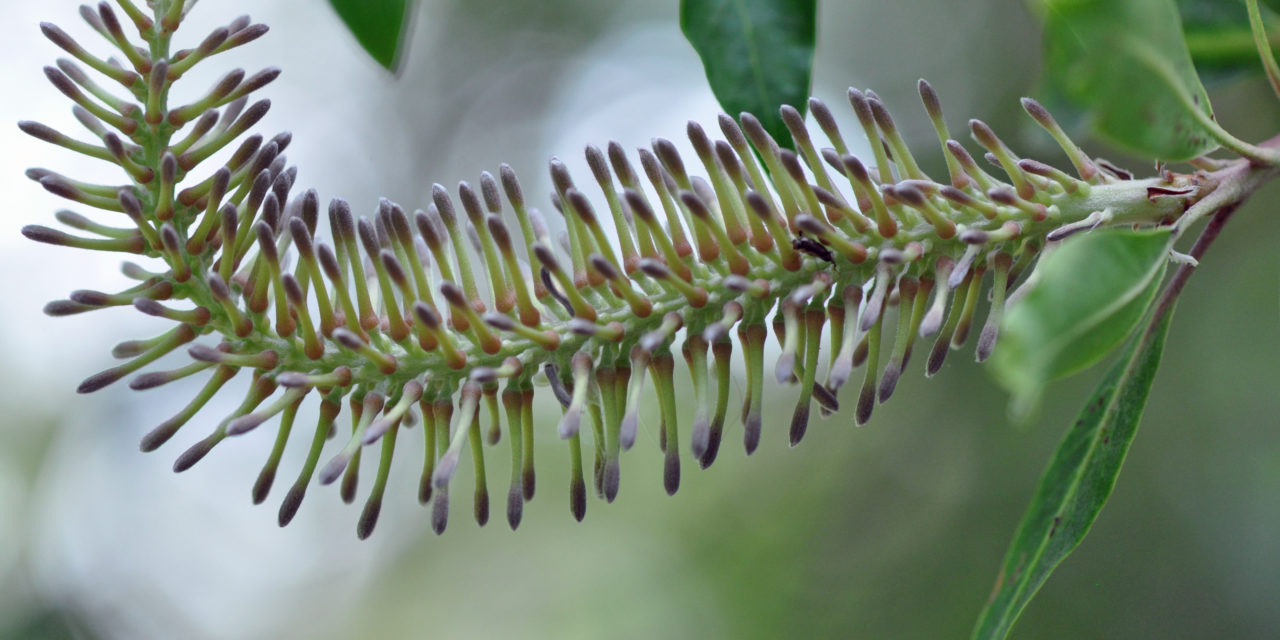
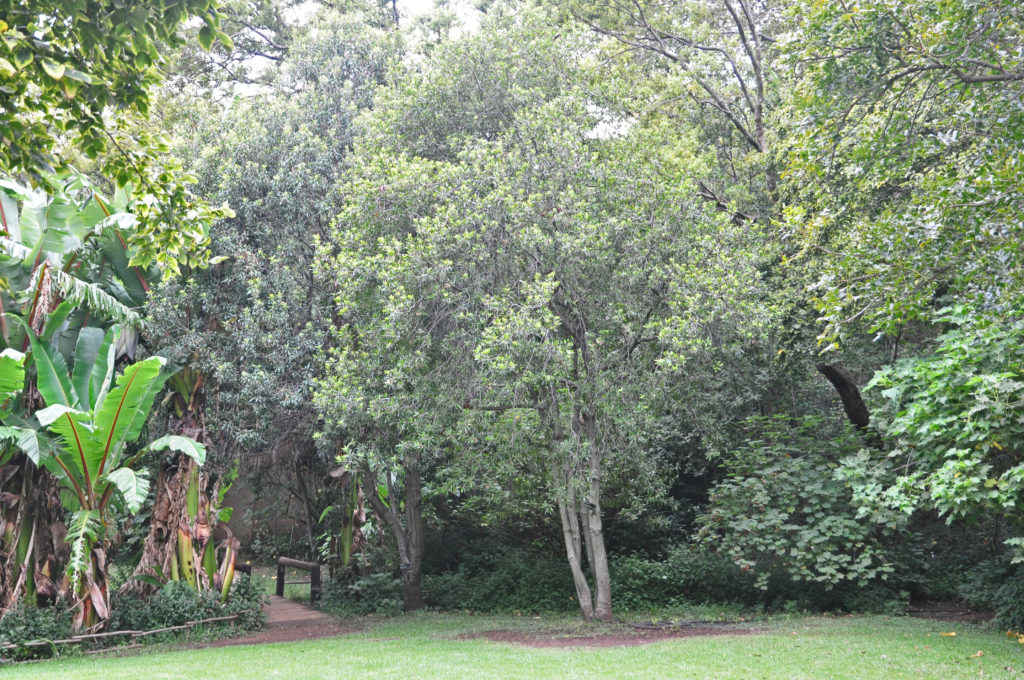
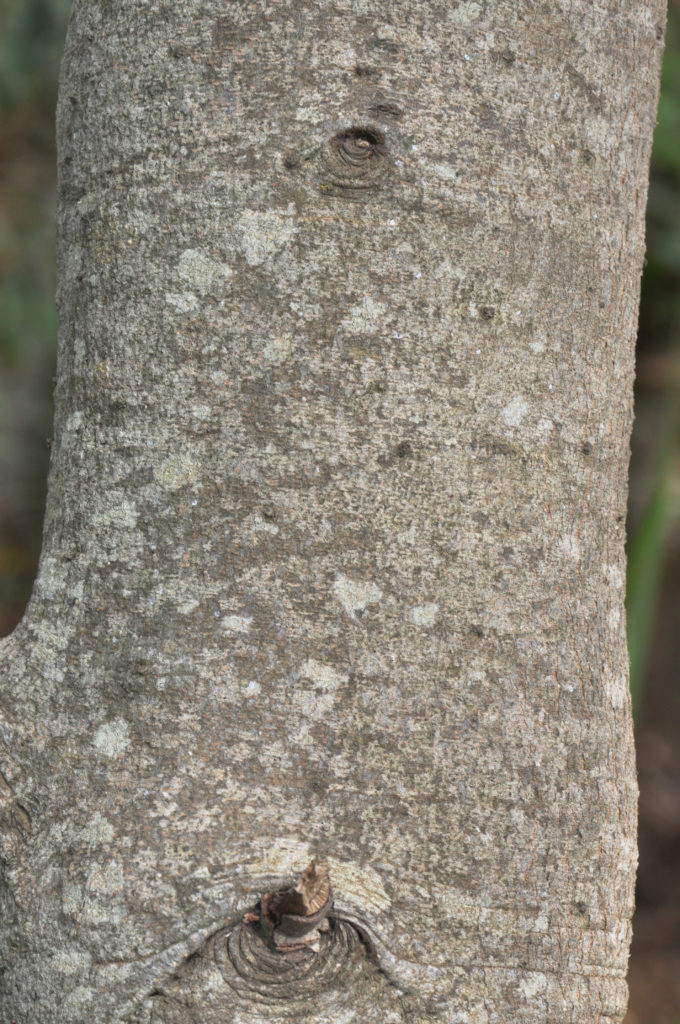
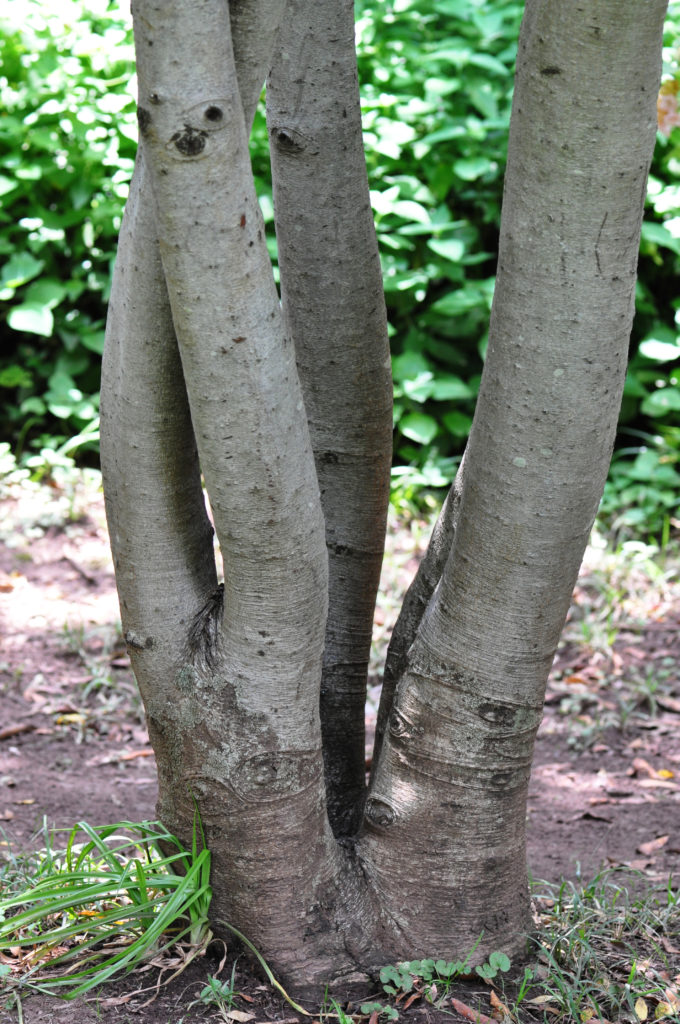
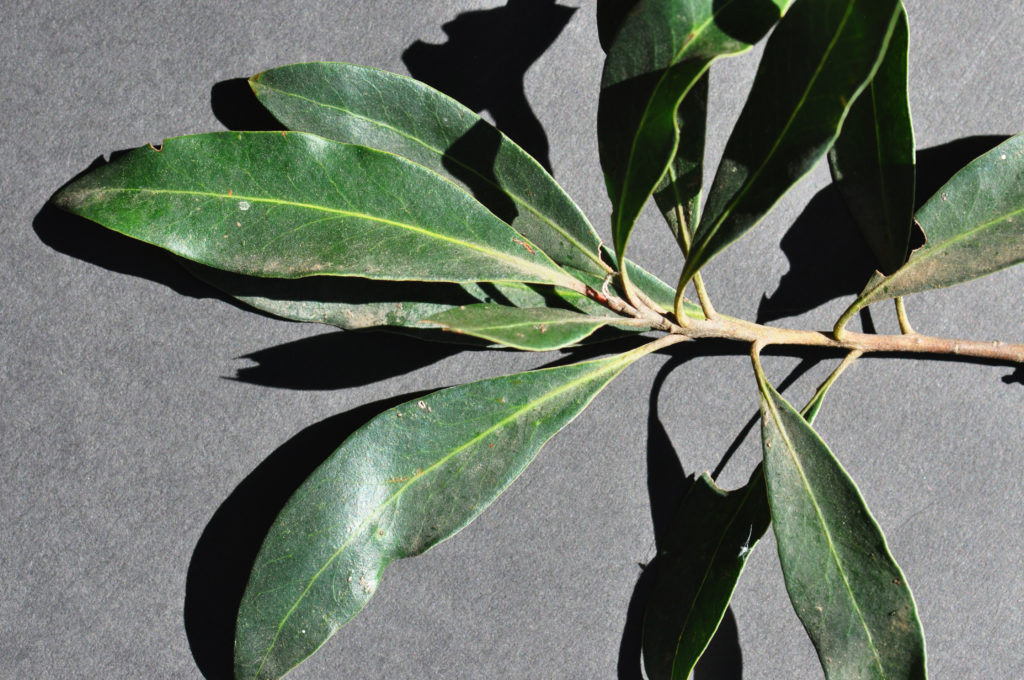
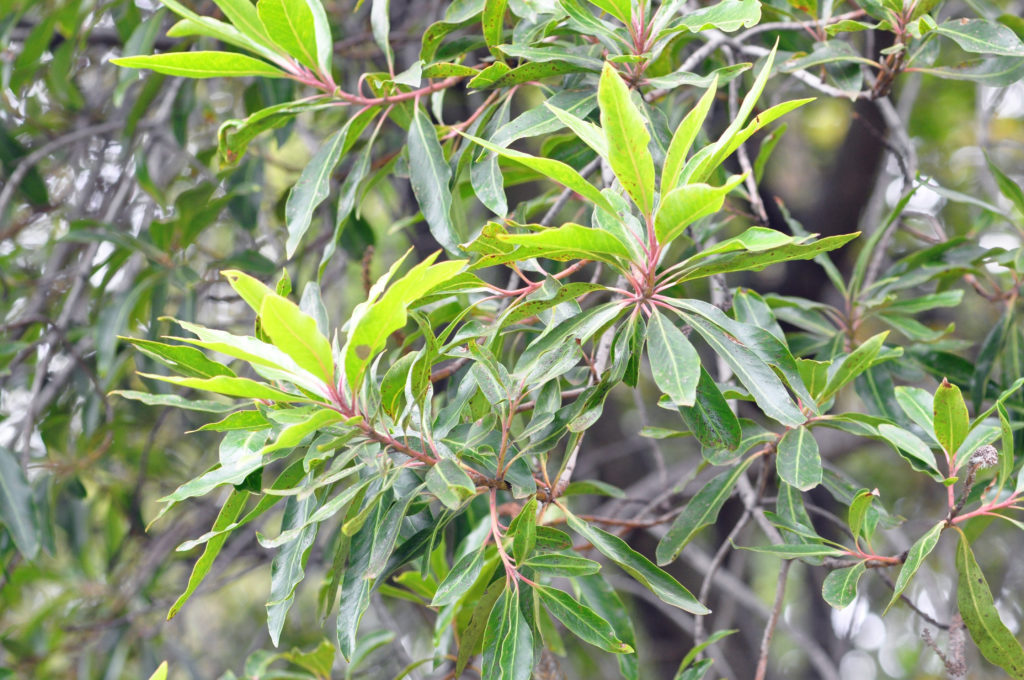
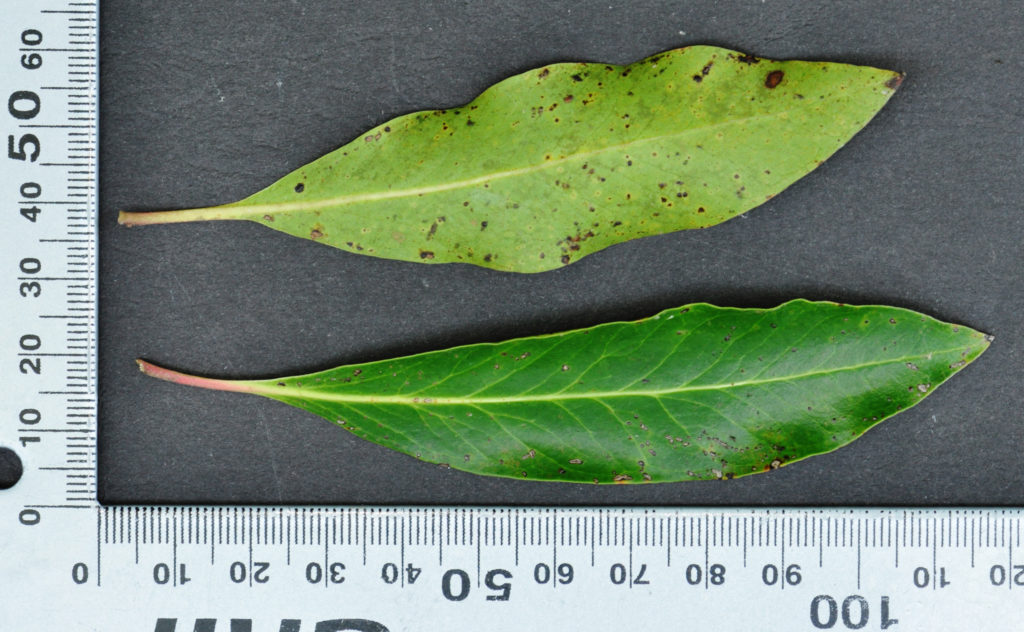
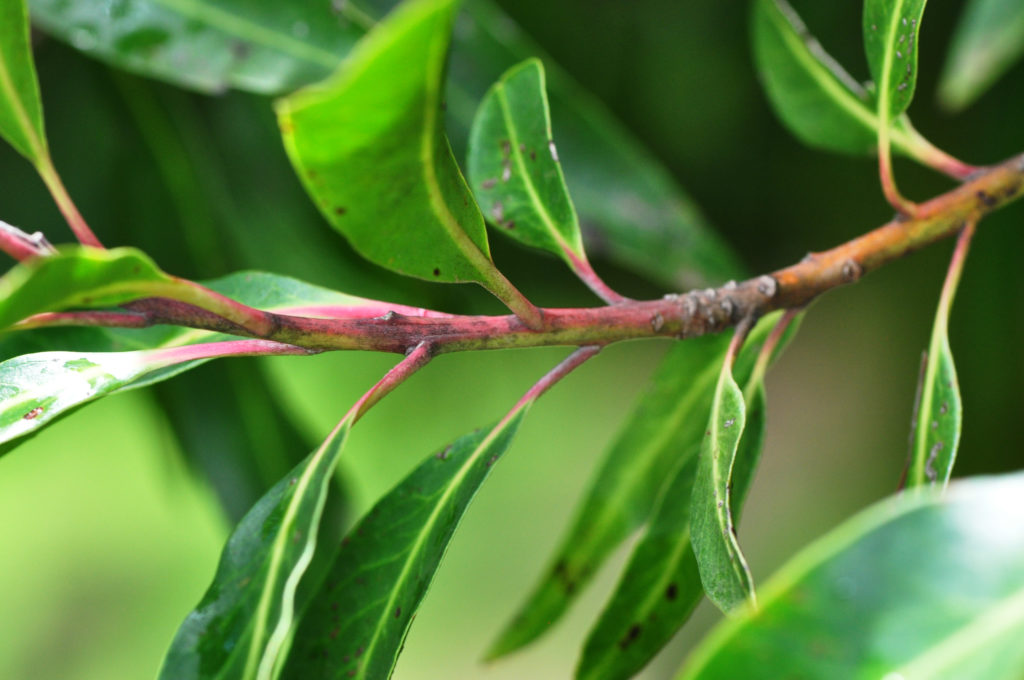
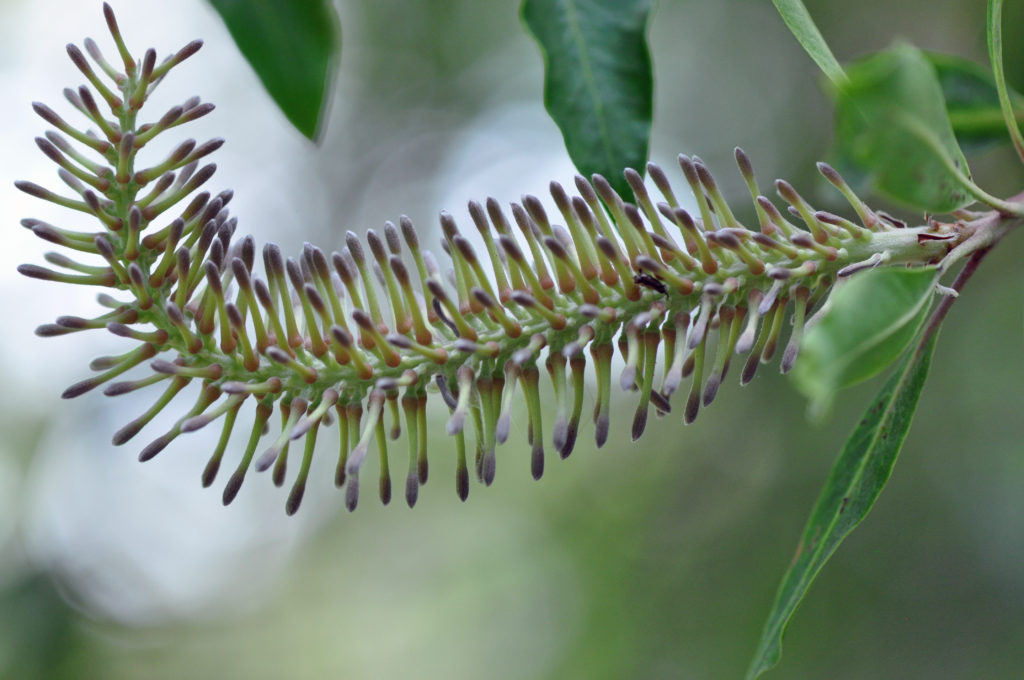
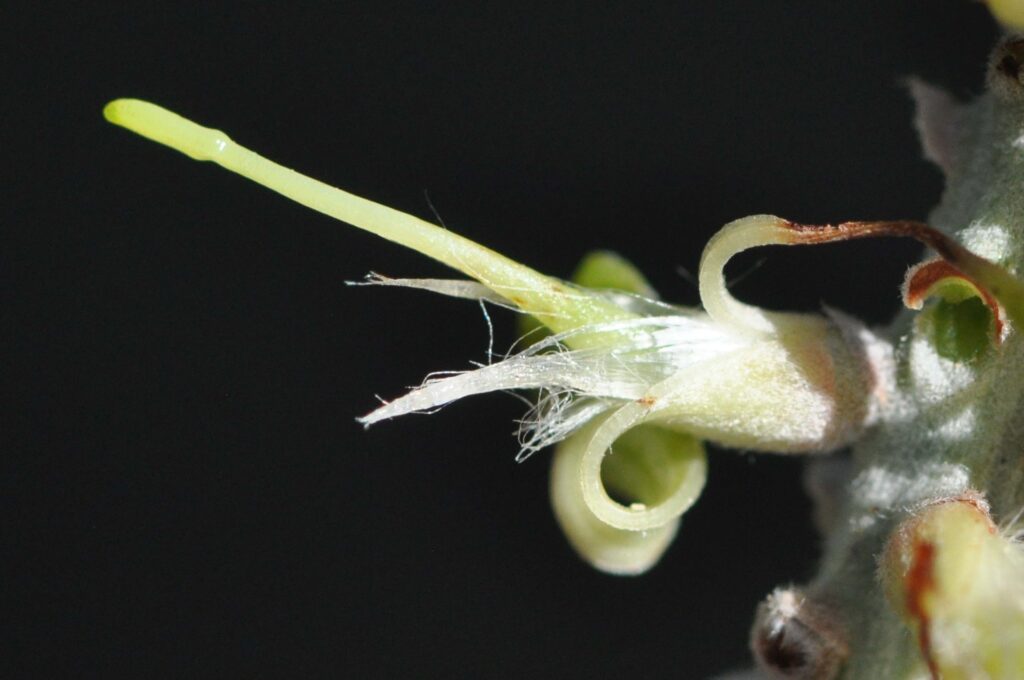
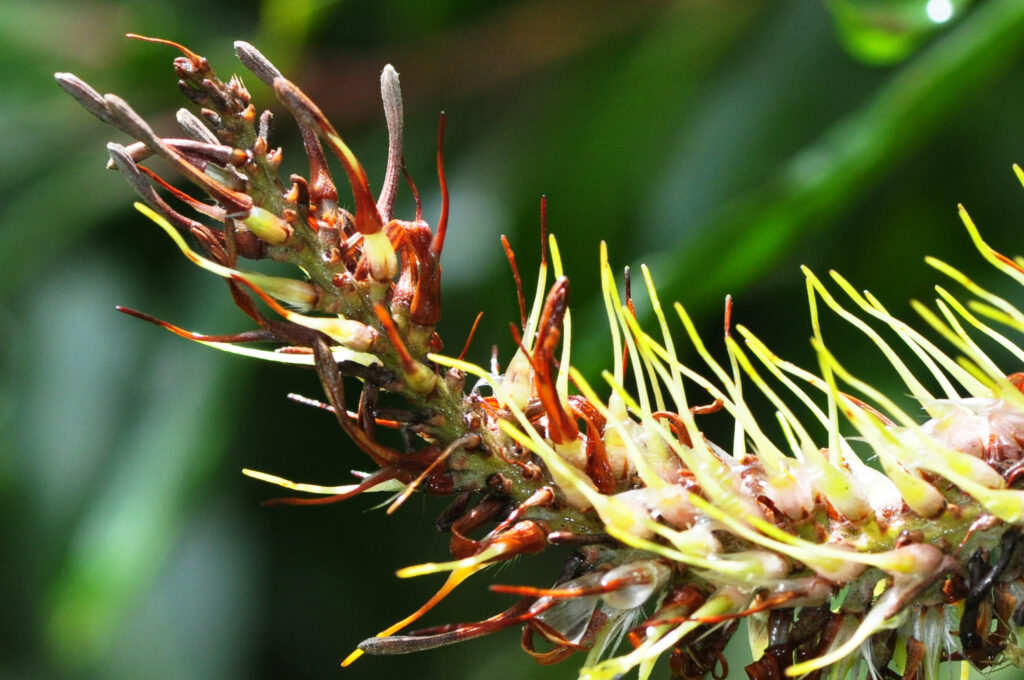
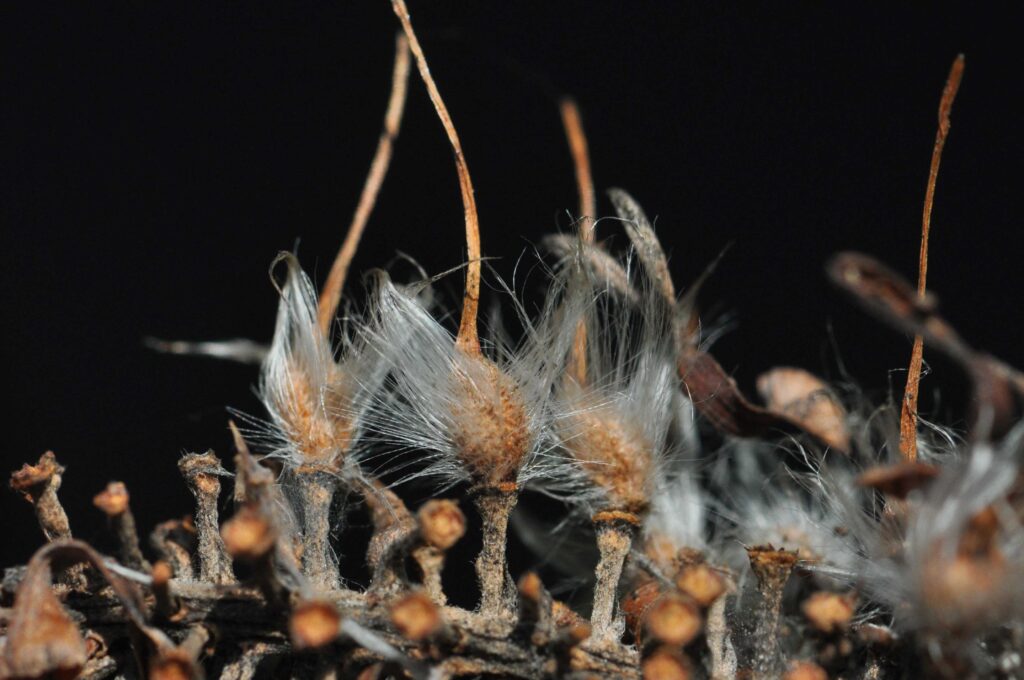

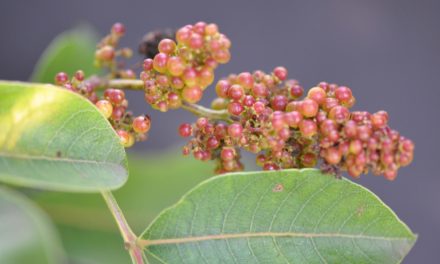
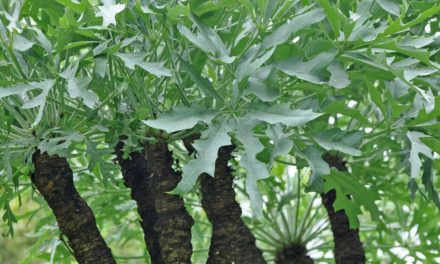
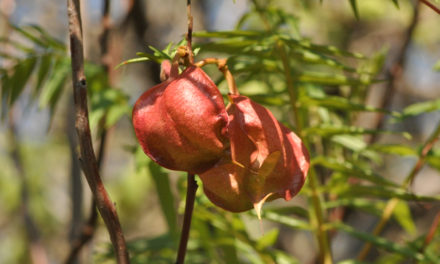
Hi, will this grow in the Overberg, near Baardskeerdersbos?
Greetings
The tree is drought and frost resistant but I am not sure about proximity to the sea. Take care.